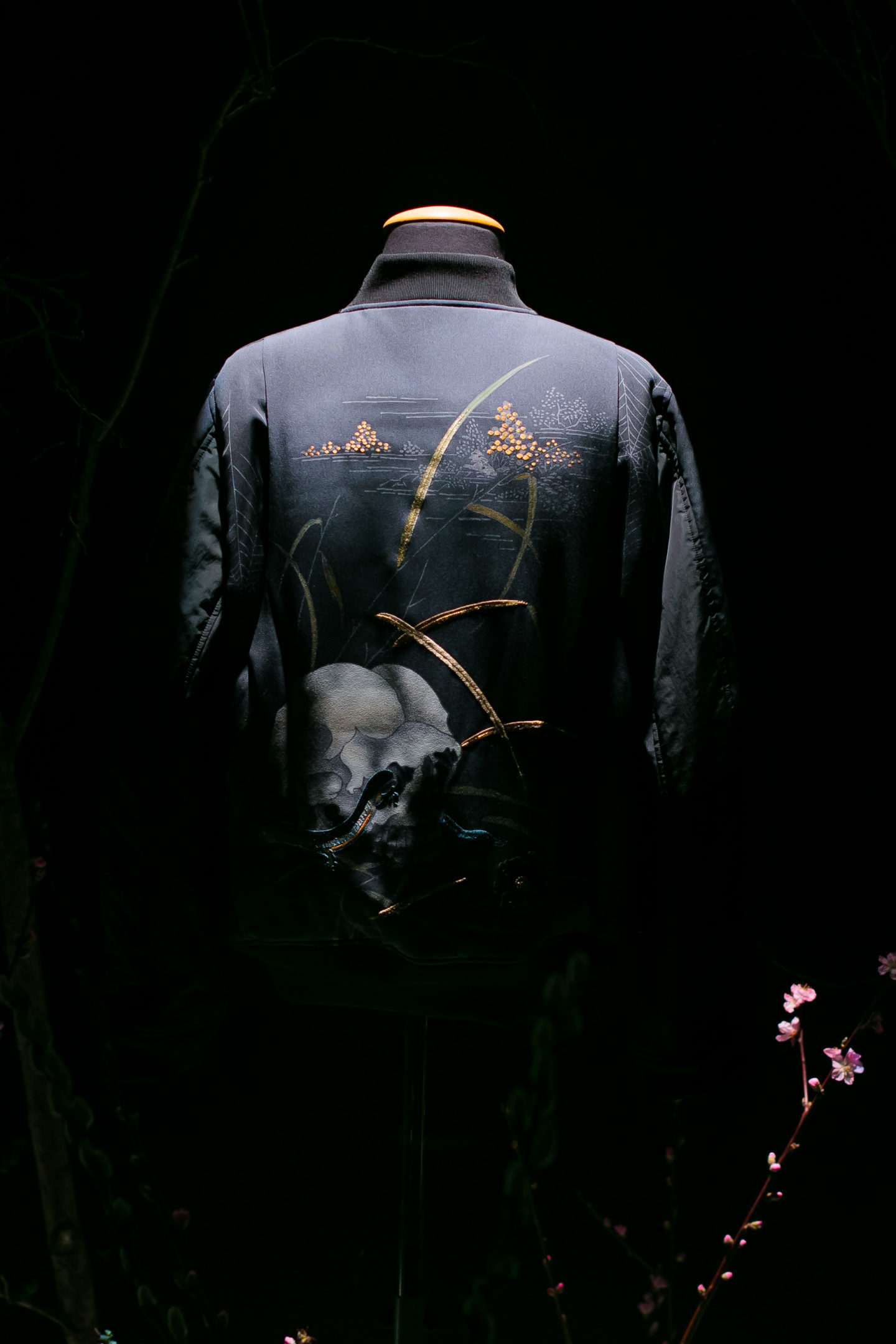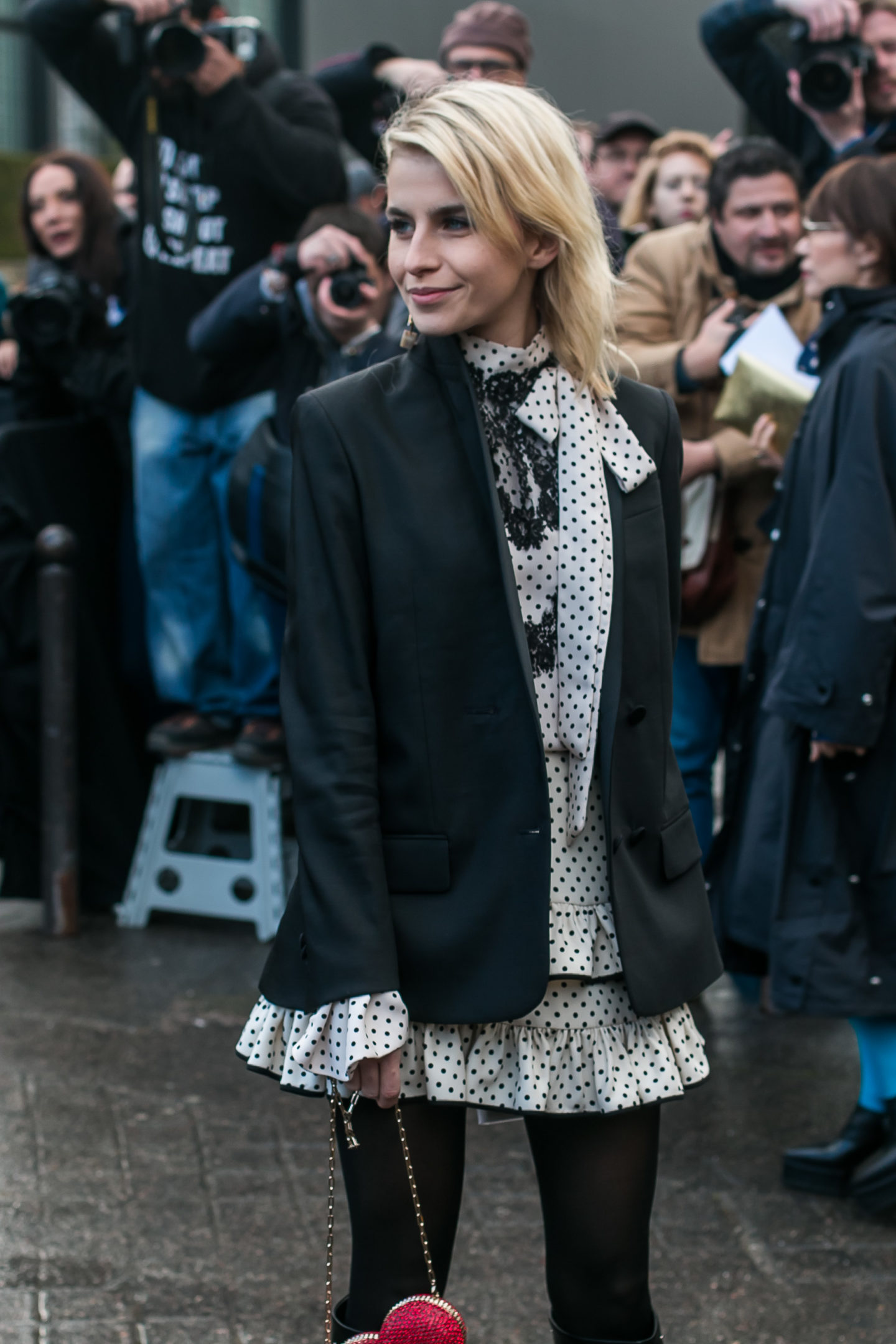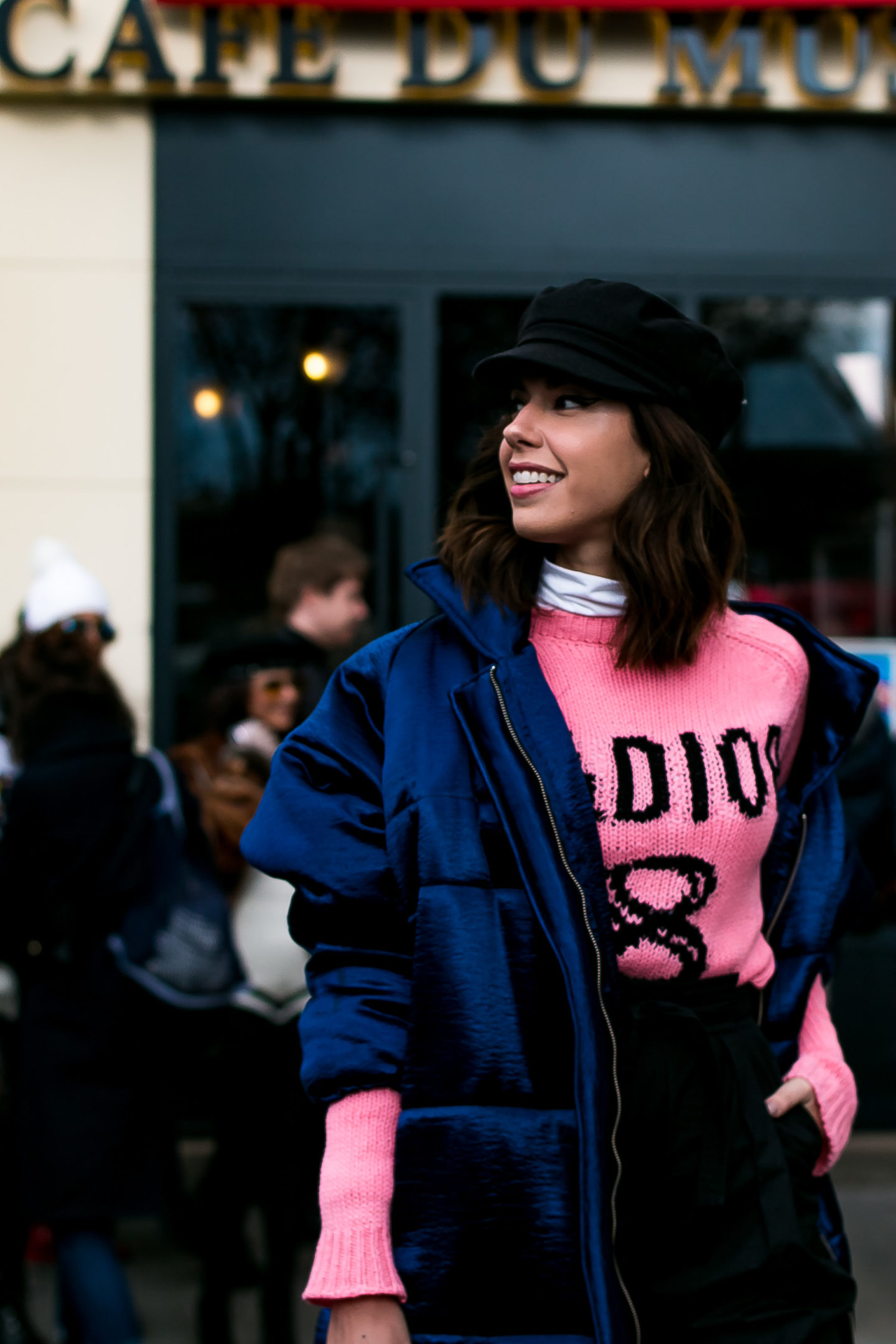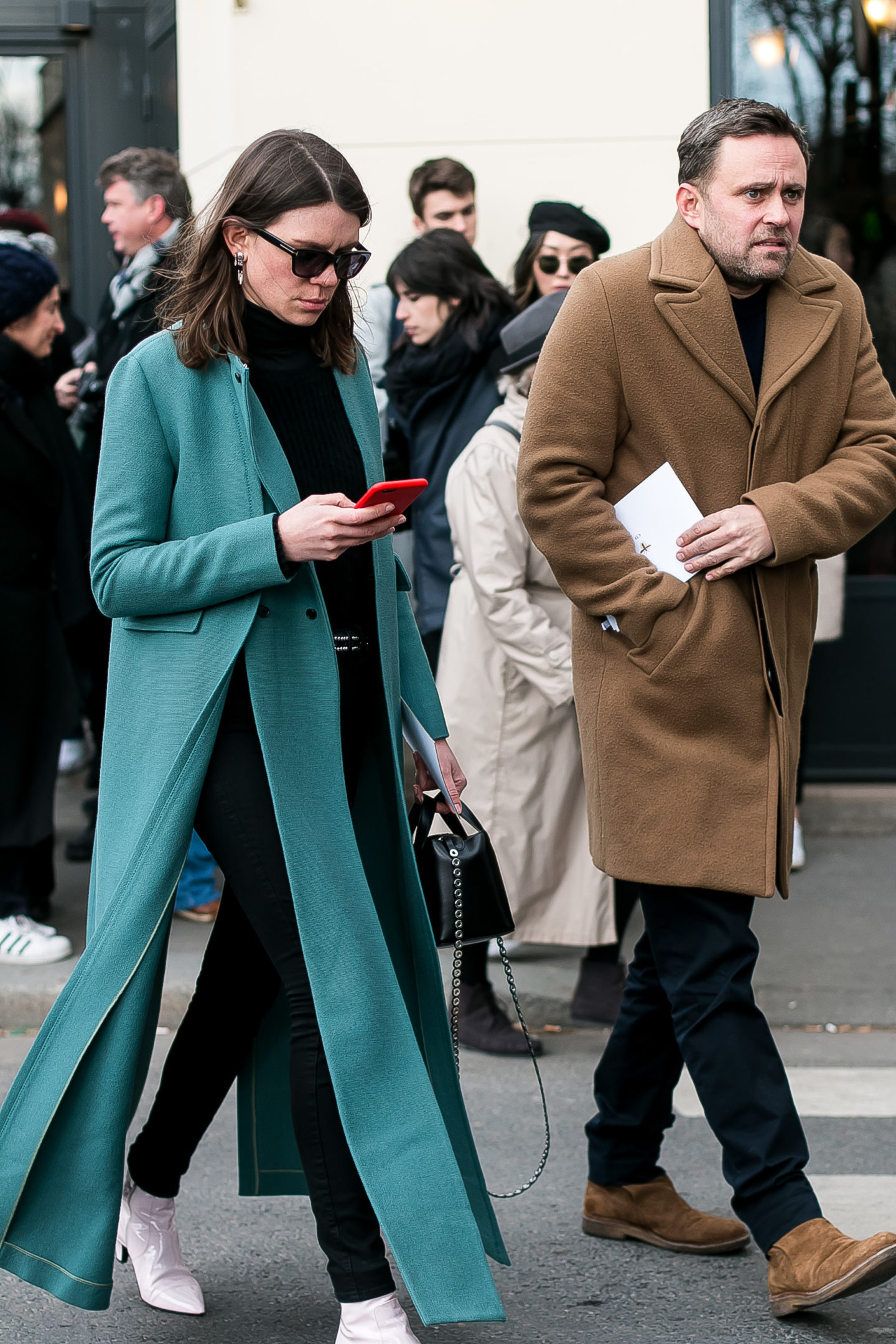Welcome back to another episode of talking about the problems of the fashion industry! Last time, we talked about the fashion industry in terms of fashion week and designers. This week, I’m going to go into the media and blogging as two separate entities because both need to be discussed. A lack of diversity in the media is a problem that extends far past fashion, but it still very interconnected. No one gets a pass here, so instead of a long introduction, let’s get right into the post!

The Media, Especially Blogging, Doesn’t Get a Pass Either.
 The media, whether you mean, blogging, Instagrammers, online magazines, or print, does not get a pass. NOPE. When I spoke about editors while speaking about street style photography, I mentioned how street style photographers shoot to please editors. The media does an incredible job of showing fashion what they want to see or not. In this world of pseudo-diversity, the media will slap a mixed girl, a size 10 woman, and maybe someone who is bisexual on a TV screen and call it diversity.
The media, whether you mean, blogging, Instagrammers, online magazines, or print, does not get a pass. NOPE. When I spoke about editors while speaking about street style photography, I mentioned how street style photographers shoot to please editors. The media does an incredible job of showing fashion what they want to see or not. In this world of pseudo-diversity, the media will slap a mixed girl, a size 10 woman, and maybe someone who is bisexual on a TV screen and call it diversity.
While those are amazing starts, representation is about showing a spectrum of people and not just deciding all LGBTQ people are bisexual, all plus size people are a size 10, and all black people have caramel colored skin. The media definitely doesn’t get a pass. Each advert that we see passes by a million editors and directors before it reaches the public. Editors have to be more vigilant about promoting diversity and representation of all types of people. Editors are close enough to the top of the pyramid that in order to see representation in other areas. It has to also be applicable and seen in the choices editors make as well.
But how can we find a way to make editors better? You need more editors who are POC and size diverse!! When the people in charge aren’t diverse, you will never see a diverse group represented in editorials. Magazines, you need to hire more women of color and plus size women ASAP. Adding in the one token black person or LGBTQ+ person in your advertisements is shameful and not helpful to the industry. The current landscape of editors plays on biases which exclude plus sized women and dark-skinned women from editorial content. You know what that is? Systemic racism and implicit bias.

We all have biases and it’s not easy to work around them. If an editor believes that specific women are not worthy of being represented in their content, they do not need to be an editor. It’s not the editor’s job to represent everyone. It is their job to cultivate an environment which promotes more sales and brings more viewers and readers. Well, black buying power was projected to reach around 1.3 trillion dollars last year according to the Nielsen Report, so black people really can bring in the money. If that’s not a reason alone to embrace diversity, I don’t know what is.
Bloggers/influencers, whatever you want to call them today, are just as complicit in the lack of diversity as designers. When we look at the blogging world and it does not support darker people of color or plus sized individuals. Look at Revolve with the #RevolveAroundTheWorld trips, I don’t know when I’ve seen anyone bigger than me or who looks like me on their trips. When looking at blogging awards, I never see darker bloggers or plus-sized bloggers nominated for Blogger of the Year, let alone win.

Looking around at Blogosphere Mag, Bloglovin’, Revolve, and other publications’ awards, I never see people who look like me. Women of color and plus sized women are primarily overlooked in community nominations based awards and it’s distressing. Bloggers are quick to support bloggers who look like them, but exclude those who don’t. I can name 20 bloggers with amazing content but never receive the attention of those who work half as hard. I talk about this problem frequently with blogging friends. One of my goals for 2018 is to promote a more diverse group of bloggers.
Diversity, primarily in blogging, is something I’m going to write about again, most likely this month. It’s a lot to unpack in one blog post and no one wants to sit and read a dissertation. Last year, I wrote a post about how identifiers rule my life. A lot of what I talk about with diversity revolves around race because it is what affects me the most. While I may not have mentioned it directly, every time I say the word diversity, I mean LGBTQ+, sizeism, ableism, and socioeconomic, and all other forms of diversity. In 2018, we need to hold brands, designers and fashion overall to a higher standard and stop playing this game of exclusion.

But I Repost Black Bloggers too, so I’m Not Complicit.
SIT DOWN! Do you want a cookie or a trophy for saying that you post 1 POC for every 10 people? Well guess what, there’s no prize. It’s great that you repost people, so not tell your friends to do the same. Make sure you’re posting people who aren’t just black, but also plus size, or Hispanic, or just light skin women, show the spectrum. Everyone in this world is beautiful, so don’t just show one type of person, show them all. While you may not be as associated with the problem as others, but you are still complicit in other ways. Instead of giving us ten reasons why you are not at fault, use that same fire in your soul. Share other people of color who deserve to be just as popular as the white people on your feed.

The problems in fashion are a part of a larger problem with society. The implicit bias and systemic racism that you see are not little symptoms of fashion, but they go much deeper. This system tells people of color that they are not good enough and larger women that they are not pretty enough. When I say systemic racism, everyone’s minds go immediately to concepts, such as the school-to-prison pipeline. While these do not seem related to the arts, racism in everything we know in this world. Racism is systemic and we cannot normally see its effects.
Fashion takes from black culture every season without repercussions. We call it “urbanization” or “gentrification”, but it happens every year, all year. It is time we stop vilifying black people while accepting culture. It literally puts the words “Ghetto until Proven Fashionable” on the sweatshirt and proves it true. It’s not cute and it’s childish. As a society, we need to recognize the concept of someone being lesser based on their race or size is a part of the psychology of racism. Once we truly learn, we have the ability to move forward and actually do the damn thing.

Cultivating a Diverse Space is Challenging.
In the words of the amazing Zac Posen, “You can’t say you believe in something and not attempt to follow through.” I cannot critique the fashion industry without changing myself. I’ve taken time to realize that I need to support more women of color, but just women overall. No matter what people look like.

As a black woman, I have biases, including colorism, which extends past just black people, but to other races. Not only is it hard for me to cultivate a voice because of my skin color and gender, but it is also difficult because my biases mean I am always unintentionally leaving someone out. I have to acknowledge this and do my best to work through these instead of attempting to work around them. Acknowledge your biases, hold brands accountable, and work to make the fashion industry more diverse. We cannot let systemic racism and implicit biases keep the industry stuck in this regressive cycle. I see you, all of you. The ones who are frustrated with the industry, but have no idea what to do to make it better. I see you. Let’s work together to make it better.
This post series is far from over. My goal is to expand it as a basis for working with companies in order to diversify the industry. There are so many pieces of the fashion cog that I haven’t talked about. Topics such as the lack of black designers to the deeper effects of consumerism. This won’t be the last time you see this post series, but I hope it makes you think about the industry. Make sure to read the first part and let me know what you think in the comments below!
